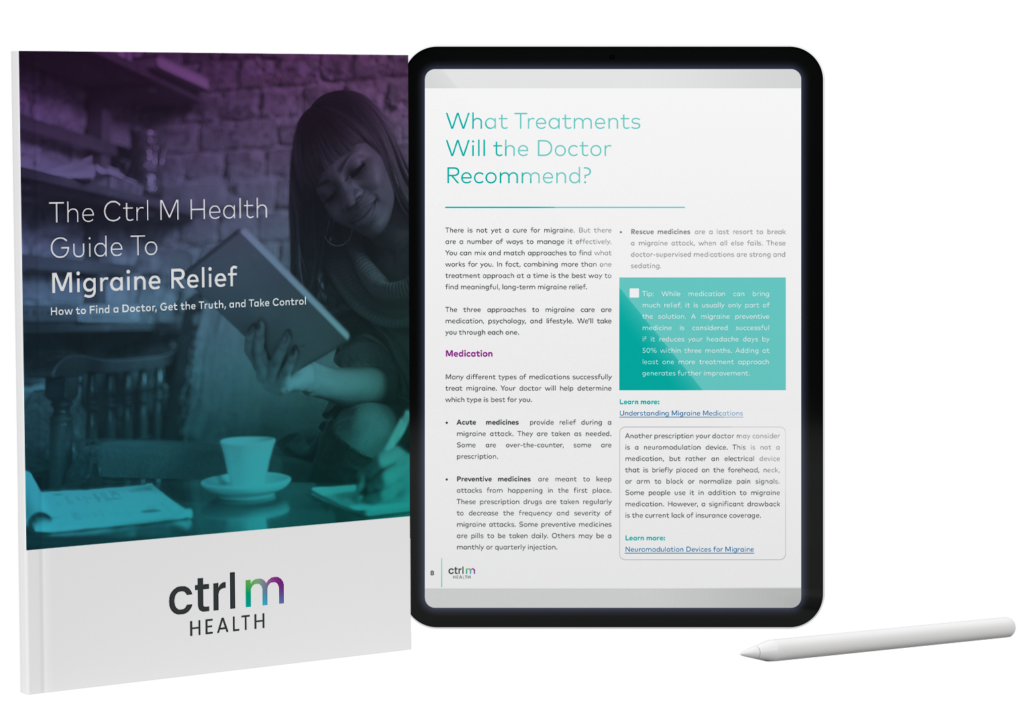If you’re rubbing your neck right now, you’re far from alone. Up to 70% of adults will experience neck pain that interferes with their daily activities at some point in their lifetimes.
 Have you ever wondered if your neck pain and headache could be related? Take a moment to think about your body position throughout a typical day:
Have you ever wondered if your neck pain and headache could be related? Take a moment to think about your body position throughout a typical day:
-
- Do you stretch and move your body first thing in the morning?
- How often do you look downward at your phone?
- Do you sit frequently throughout the day?
- In your work-at-home setup, do your eyes line up properly with the middle of the computer screen? Do you extend one arm away from the body to use the computer mouse, rather than keeping the elbow preferably close to your side with the wrist in a neutral position? What is the height of your chair from the floor?
- How do you sit while traveling in your car? Do you crane your neck when sitting in traffic?
- How are your shoulders and neck positioned when lying down on a pillow?
- Do you maintain any of these positions for greater than 30 minutes before moving again?
These are just a few common activities whose stresses and repetitive movements accumulate on the body over time, impacting tissue length, mood, lung function—and yes, headache.
Posture, the Cervical Spine, and Headache
Your posture affects everything! Think about it: Your body is quite literally connected from your head to your toes. Each time your heel strikes the floor, forces are transmitted upward to the base of your skull—a kinetic chain of events that’s necessary for your body to move properly.
Let’s focus on upper body posture. In the upper body, more than 15 muscles connect the shoulder blade to the shoulder, the cervical spine (in your upper neck, including the base of the skull), and skull. This complex configuration allows the shoulders, arms, and hands to move in many directions as a part of daily life.
When you’re pain-free, you probably don’t think twice about that web of interaction. However, when you apply a continuous load on the shoulders—say, by carrying heavy bags, lifting children or weights, or hunching over while studying—it creates muscle strain and increases the load on the cervical spine, leading to neck pain. In some cases, though, the pain registers not as neck pain, but as head pain. We call that type of headache “cervicogenic headache.”
The Care Tuner Guide to Migraine Relief
Untreated migraine tends to worsen over time, so if you suspect you have migraine, it’s important to get help. We’ve compiled everything you need, including what to expect, pitfalls to avoid, and what you can do right now to get relief.

Cervicogenic Headache
“Cervicogenic headache” means a referred pain that’s perceived in the head, but actually arises from a source in the upper cervical spine. It often results from musculoskeletal dysfunction in the cervical spine. However, the pain travels (that is, “referred”) from the neck to the head, and even into the face, because of a complex system of nerves interacting between the brain and spinal cord.
Time for a quick anatomy lesson. The cervical spine is the top part of your spinal column. It doesn’t look like the rest of the spine, though. It’s made of seven bones stacked on top of each other, together creating a hollow tube. Running up inside that protected tube are the nerves of the spinal cord. A pair of these nerves exit the tube at each bony segment through a pair of holes.
Over time, with poor mechanics (or, in the case of arthritis, with age), the bone gets thicker and disorganized, like a callus forming on the surface of that exit hole. It narrows the diameter of the hole, which begins to graze or squeeze the nerves. The irritated nerves become inflamed, as do the blood vessels they’re paired with. Since everything in the body is connected, the chemical cascade of inflammation then travels through the nerve network, including to the biggest of the cranial nerves—the trigeminal nerve—which radiates pain through the head and face. That’s cervicogenic headache.
It’s important to note that cervicogenic headache is its own type of headache, separate from migraine. However, someone with migraine can also have other types of head pain, which can become very confusing, and thus also easily misdiagnosed. It is important that your physician can tell the difference between these types of disorders to establish the correct headache diagnosis and subsequent treatment.
Relieving Headache and Neck Pain with Better Posture
If you are experiencing pain in the neck muscles or back, try to pay attention to the ways you sit, stand, and lie down. Take the time to set up your workstation in a way that’s ergonomically correct for you.
Also, try not to sit down for prolonged periods of time, which can lead to weakness in other areas of the spine and connecting muscles. When that happens, the surrounding areas try to compensate and then become tight and less flexible; because this change in tissue length is less efficient for fluid body movement, the eventual result is pain and stiffness. This is your body’s way to warn you of too much stress or tension in your shoulders, hips, and spine.
Remember, every part of you is connected by your posture. Be mindful of your body’s posture throughout the day!
Want to know more about neck and head pain? Read the next in this series: “Neck Pain and Headache, Part II: Seeing a Doctor.”





